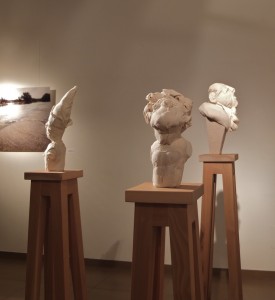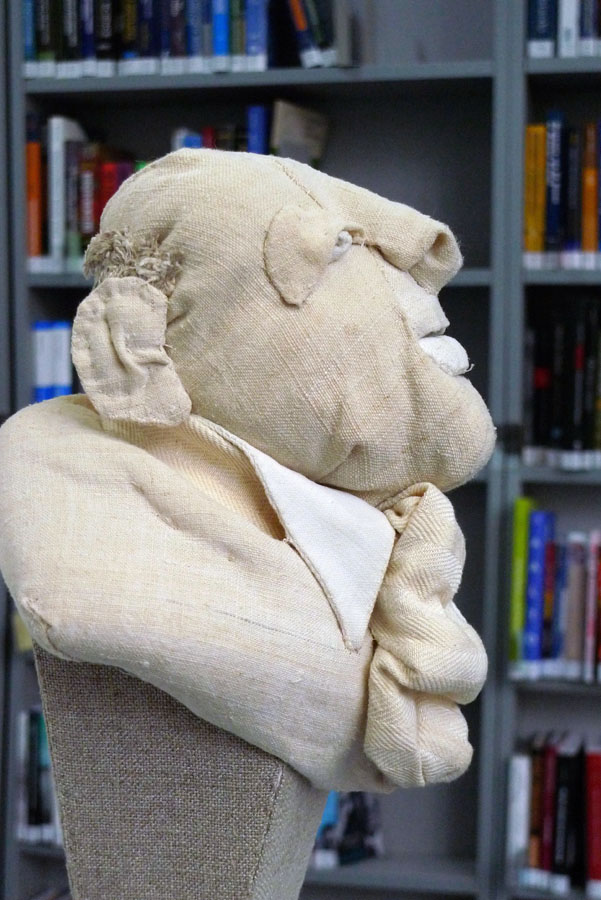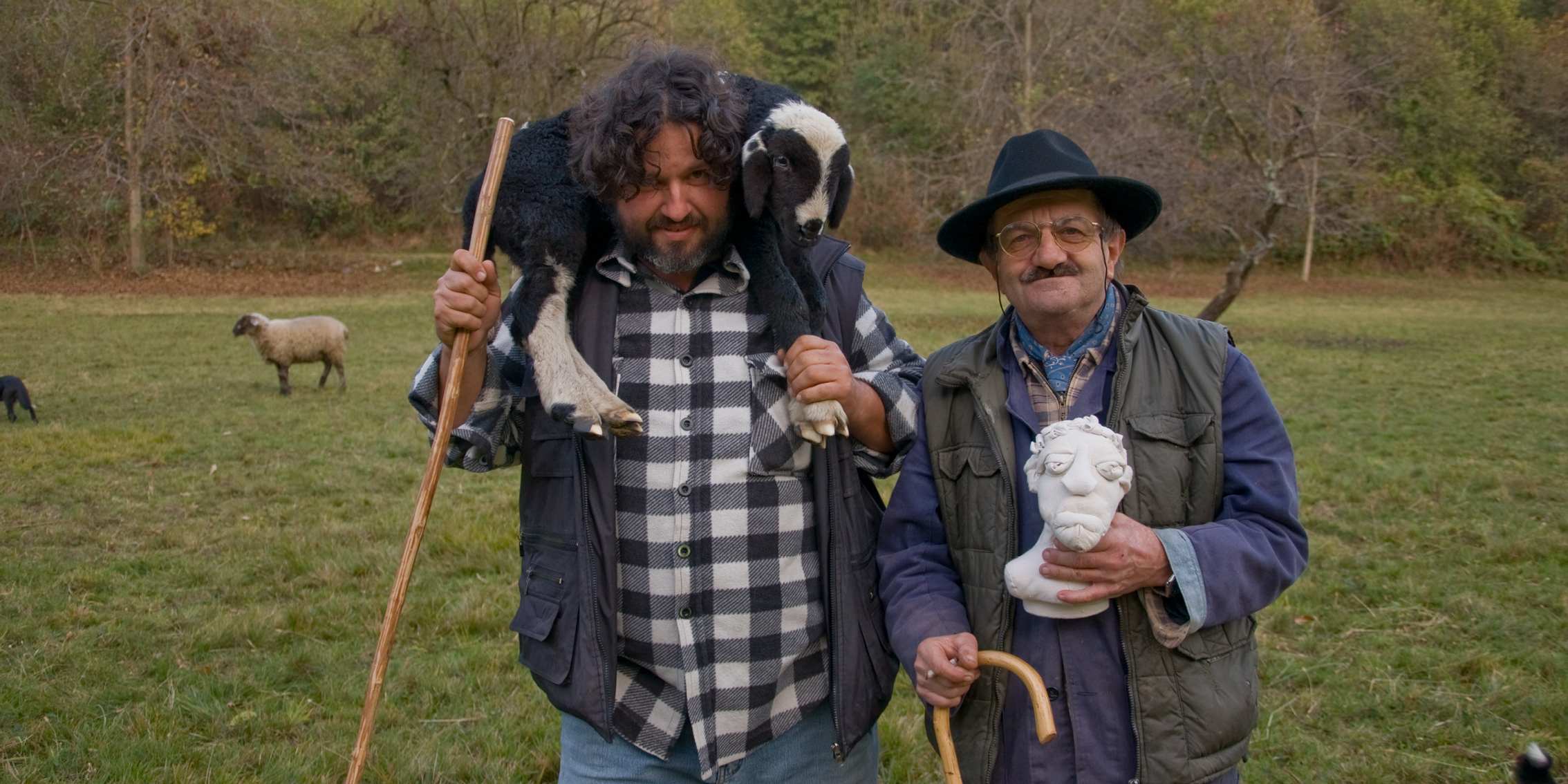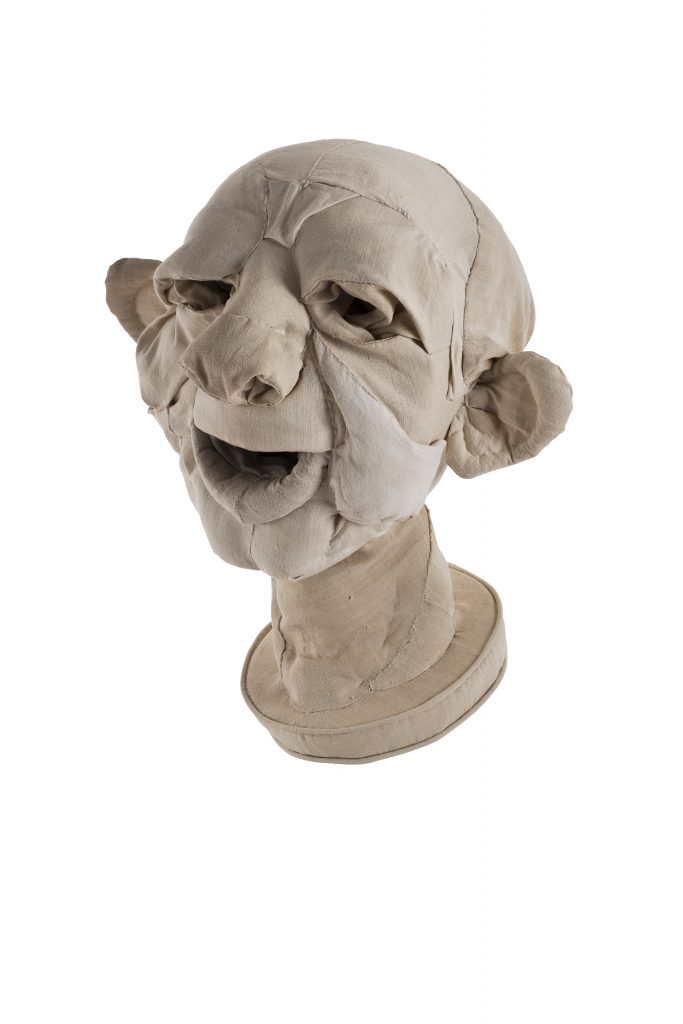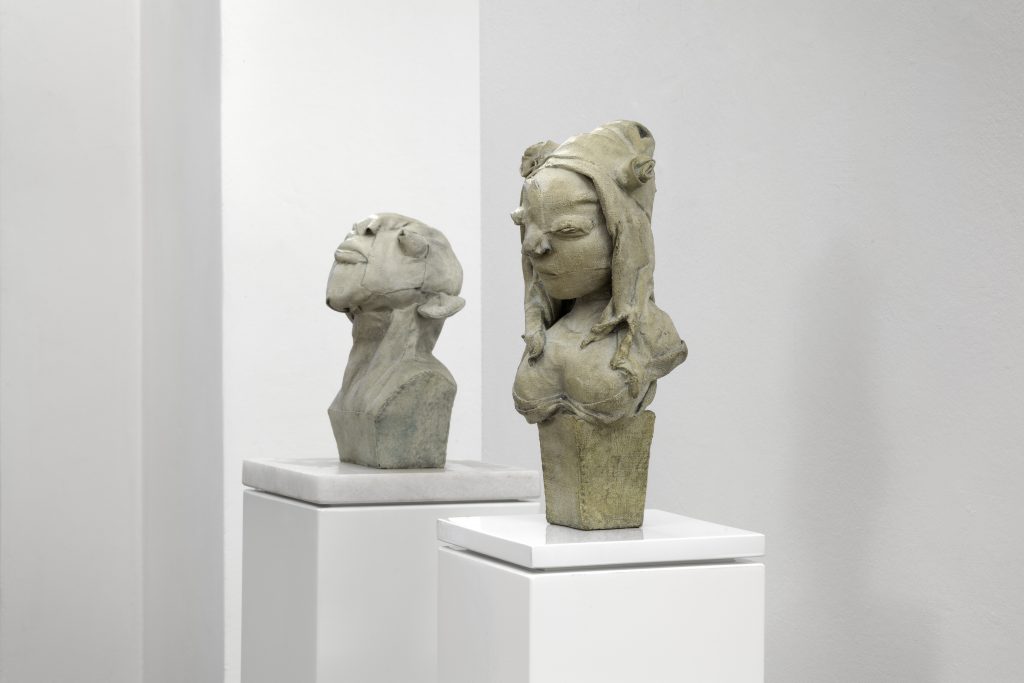Led by Marguerite Kahrl and Marjetica Potrč
PAV | PARCO ARTE VIVENTE | Centro sperimentale d’arte contemporanea
Via Giordano Bruno, 31 10134 Torino t/f +39 011 3182235.
Friday, March 20, 3:30 p.m. – 5:30 p.m., meeting with contact persons
Saturday, March 21, 10:00 a.m. – 4:00 p.m., participatory planning with groups
During a one-year participatory project, Marguerite Kahrl and Marjetica Potrč, working closely with residents, aim to make a new permaculture map of the neighborhood and an on-site project in the neighborhood
In contrast to maps showing urban elements such as spaces, buildings and their function, the new Permaculture map aims to trace how wild energy passes thru the neighborhood, including flows of wind, noise, water, people and plants in this highly transient neighborhood. The Permaculture map aims to build a new understanding of how to achieve a sustainable existence in a neighborhood in constant flux. The PAV neighborhood presents a great opportunity to understand the city in permanent change, and for residents to take action. The map can be used as a tool for residents to interpret the place in a new way, shape participative governance in their neighborhood, while redefining their lives and environment towards sustainable urban existence. Finally, Kahrl and Potrč will design an on-site project together with residents to show the power of the neighborhood and to start the transition to a more resilient community.
In contrast to maps that show urban elements such as public spaces, buildings and their uses, mapping using permaculture methodology aims to trace the natural, wild energy that flows through the area, including wind flows, environmental noise, waterways, people and plants that transit within the neighborhood. The permaculture map that will be created aims to build a new awareness of how to achieve a more sustainable existence in an ever-changing neighborhood. The area in which PAV is located represents a great opportunity to understand the changing city and the actions that its residents can promote. The map can be used by the inhabitants as a tool to interpret the spaces in a new way, to find forms of participatory management of their neighborhood and the possibility to redefine their life and environment in the direction of a sustainable urban existence. Marguerite Kahrl and Marjetica Potrč intend to promote a field project together with residents to show the strength of the neighborhood and initiate a transition towards a resilient community model.
Continue reading “Workshop_40/ Wild energies: vento, fuoco e persone in movimento”